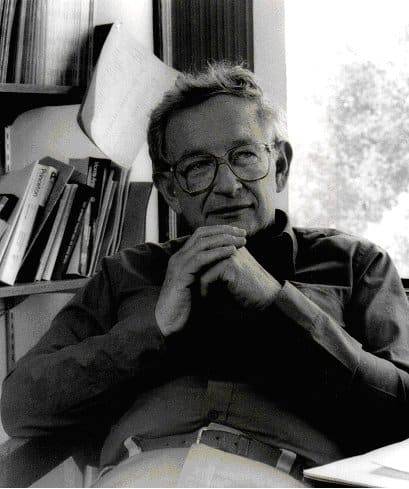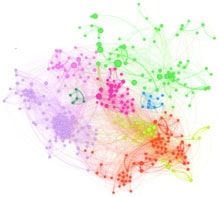The Nobel prize-winner Philip Anderson is the most creative physicist in the world, according to a new analysis of scientific research papers. Steven Weinberg -- another Nobel laureate -- is the second most creative physicist, followed by Ed Witten in third. The study has been carried out by José Soler, a statistical physicist at the University of Madrid, who says that his "creativity index" could help universities to recruit and promote the best staff (physics/0608006).

Soler’s method involves calculating the number of references, n, that a particular paper makes to previous papers as well as the number of citations, m, that it receives from papers written at a later date. According to his definition of creativity, a paper that has lots of references but only a few citations will have a low level of “creativity”, while a paper with just a few references and lots of citations, in contrast, will have a very high creativity. The creativity index (Ca) of a particular scientist can then be calculated by summing the total creativity for every paper that author has written, normalized for the number of co-authors in each case.
Soler calculated a creativity index for the 10 physicists who have been cited most often according to data held in the Thomson-ISI Web of Knowledge. He found that Anderson — a condensed-matter theorist from Princeton University — has the highest Ca of 36.9. Witten, a string theorist from the Institute for Advanced Study in Princeton, has a Ca of 35.9, while Weinberg — the University of Texas theorist who shared the 1979 Nobel prize for electro-weak unification — is third with a Ca of 29.3. The average Ca of these ten most-cited physicists is 18.5.
The advantage of the new technique is that “review” articles, which are often highly cited even though they do not necessarily contain much new information, will have a relatively low creativity index because they contain so many references to previous work. The technique also means that citing your own paper will not boost your creativity index because the reference and citation counts will cancel out. Conventional citation analyses, in contrast, would not take this effect into account.



